Wine and Cheese Pairing Tips: Selecting Best Cheese and Cabernet Sauvignon Pairing
Which cheeses to look for and which to avoid, based on cabernet styles
Cheese and Cabernet Sauvignon pairing has been a topic of heated debate amongst academics since the release of a study by University of California at Davis a decade ago, which stated that many types of cheese diminish the fruit, tannin and acidity in red wines (specifically cabernet sauvignon, merlot, syrah and pinot noir). In my 17 years as a chef, I’ve found that several types of hard and semi-hard cheeses—and surprisingly a few triple creams—can pair with, and even flatter, both old and young vintages of cabernet sauvignon. The key is to start with a wine that is lower in alcohol and is not overly tannic, such as Jordan, Corison or a Bordeaux. As James Beard award-winning author and cheese expert Laura Werlin says, “The bigger the oak in the wine, the fewer the cheese choices you have.” From there, use these basic rules for selecting and pairing cabernet sauvignon with cheese for the best tasting experience. (If you’re a white wine and cheese lover, be sure to visit our Chardonnay Cheese Pairing Tips blog post.)
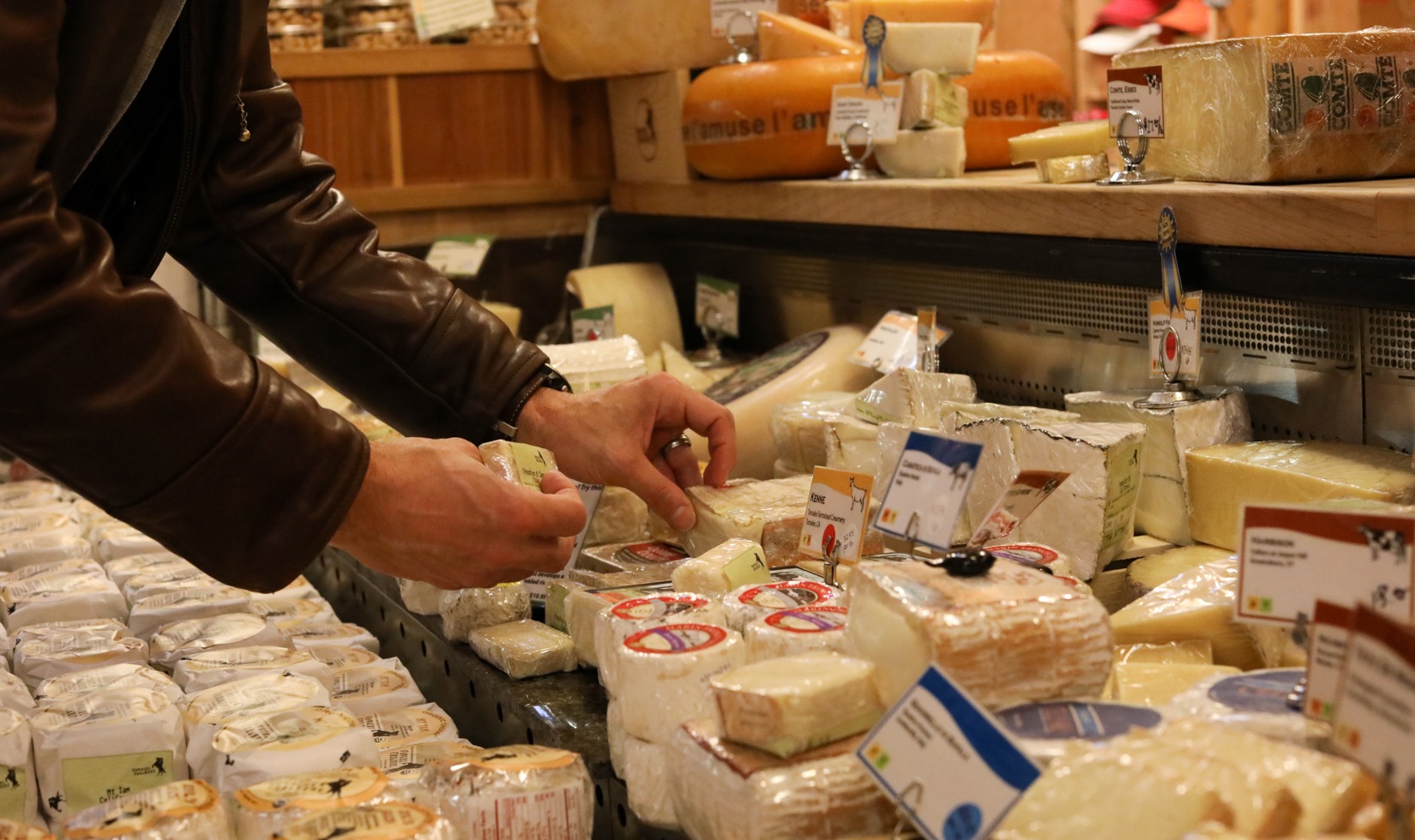
When buying cheeses to enjoy with cabernet sauvignon, I look for the following types and characteristics:
- Semi-hard, aged cow’s milk cheeses with extended age—The aging process brings out a slight crunch and rich, nutty flavors in the cheese. Their milder, nutty texture and smooth taste highlights the berry notes in both young and older cabernet sauvignons, while the wine’s tannins bind to the cheese’s protein and fat, cleansing the palate. Vermont’s Cabot Clothbound Cheddar, Beemster 18-Month Aged Gouda from Holland and Pleasant Ridge Reserve from Wisconsin have all been past favorite pairings with Jordan Cabernet Sauvignon.
- Semi-hard sheep’s milk cheeses with some age—These cheeses have a firmer texture, more complexity and subtle nutty flavors that complement the structure and finish of a cabernet rather than overpowering it. Sheep’s milk cheeses also tend to have a subtle gamey note that works well with cabernet. Ossau-Iraty of France and San Andreas and Ewenique from California have been previously selected for the Jordan Cabernet Sauvignon cheese plate.
- Slightly firm, soft-ripened cheeses with earthy notes—Choose earthy, slightly firm versions carefully and only if you’re pairing them with a lighter-style, young cabernet. That’s because a creamy cheese will actually accentuate tannins in a more powerful cabernet and make the wine downright chewy. Soft-ripened cheeses with an earthy or herbaceous component from the rind or an additional ingredient, such as truffles, complement the dried herb aromas in a young cabernet, while softening its tannins and making the berry flavors pop. Marin French Triple Crème Brie with Truffles, Cowgirl Creamery’s Mt Tam and Nicasio Valley Locarno—all from West Marin County—are the only soft-ripened cheeses I’ve found thus far that achieve an elevated pairing for both the wine and the cheese. But, the pairing varies significantly from vintage to vintage.
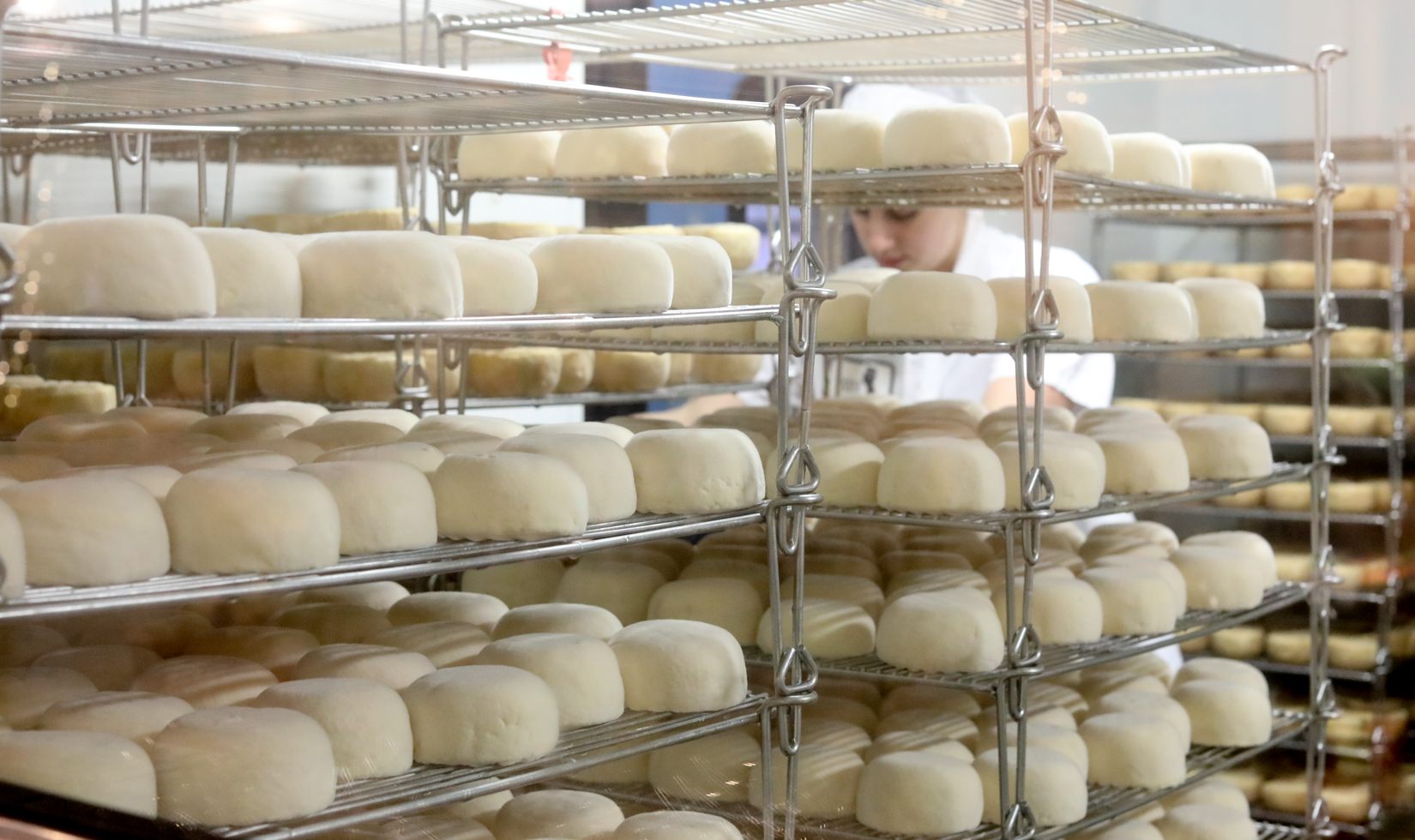
I avoid four categories of cheese with cabernet sauvignon:
- Young, soft goat cheeses, often labeled as chèvre. These are notoriously tangy with a high acidity level and because of that, they over-accentuate the cabernet’s alcohol. The only exception are those with dried herbs or an herb crust—they can pair with the herbaceous notes in a young, elegant cabernet or Bordeaux.
- Creamy, soft-ripened cheeses, such as most Bries, France’s noted Camembert, and triple-crèmes cheeses such as Brillat-Savarin and Saint André, often bring out metallic or bitter notes in cabernet and mute its fruit flavors. Experiment with creamy cheeses carefully if you really want the fruit in your cabernet to shine, as noted above.
- Hard cheeses, such as Parmigiano-Reggiano. The salt and, paradoxically, sweetness from these cheese’s pineapple and caramel flavors can strip the fruit from the wine. When pairing Parmigiano with red wine, a light red with very little tannin is best (think still or sparkling Lambrusco, the favorite Parmesan cheese wine pairing for many Italians). If the wine’s tannins are too pronounced, the salt in the cheese will exaggerate those tannins.
- Blue cheeses, especially pungent ones. These can be tricky pairings because blue cheeses usually make cabernet taste metallic and bitter. Champagne and lean, crisp white wines, such as a Sancerre or a young Jordan Chardonnay, are much more complementary with most mild blue cheeses. I’ve found two milder blue cheeses that can work with younger, bold, fruit-forward vintages of Jordan: Neal’s Yard Cashel Blue, a well-balanced blue-veined from England, and Rogue Creamery’s Caveman Blue from Oregon. Both cheeses have a hint of sweetness and buttery textures that complement the fruit and structure in the 2012 and 2013 Jordan Cabernet.
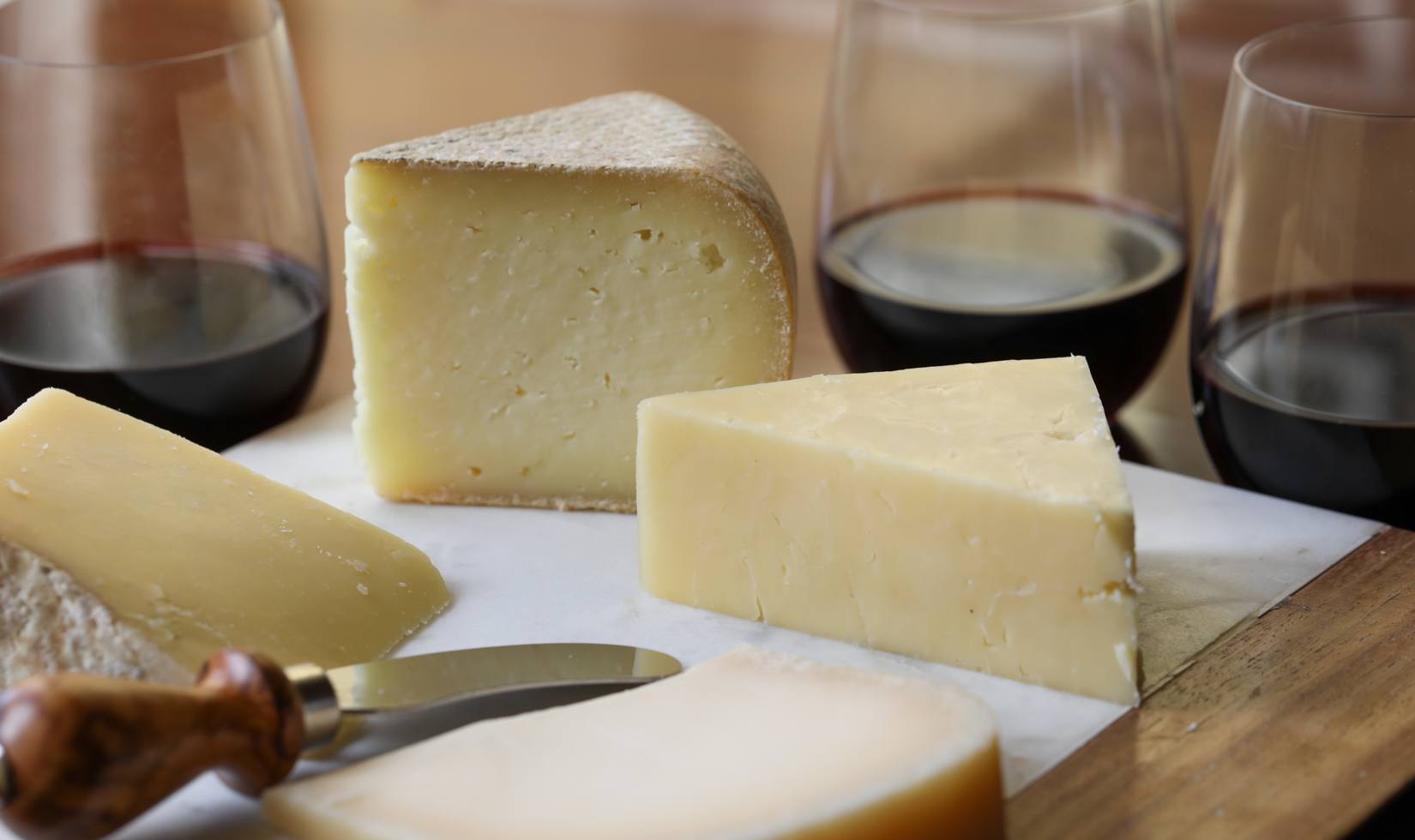
Here’s my advice on pairing different styles of cabernet with cheese:
- Young cabernet with light tannins: choose aged cheeses—great options are included above for cheddar and gouda, Pecorino-style sheep’s cheese and goat.
- Older cabernet with soft tannins: choose semi-firm cow’s milk cheeses, such as aged cheddars, aged goudas, sheep’s milk cheeses and Comté.
- Big, rich cabernets: choose intense cheddar cheeses and aged Gruyère (since Jordan doesn’t make higher-alcohol, bold cabernets, sharp cheddars and Gruyère were not included in the tasting)
- Wines with a long finish, such as cabernet sauvignon, demand cheeses with complex flavors that can stand up to that finish, and aged cheddars tend to be the best pairing for various styles of cabernet sauvignon. When in doubt, choose aged cheddar for cabernet.
Jordan maintains one of the most comprehensive cellars of Alexander Valley Cabernet Sauvignon library vintages in California. Explore their collection of new release and library cabernets, available to purchase online.
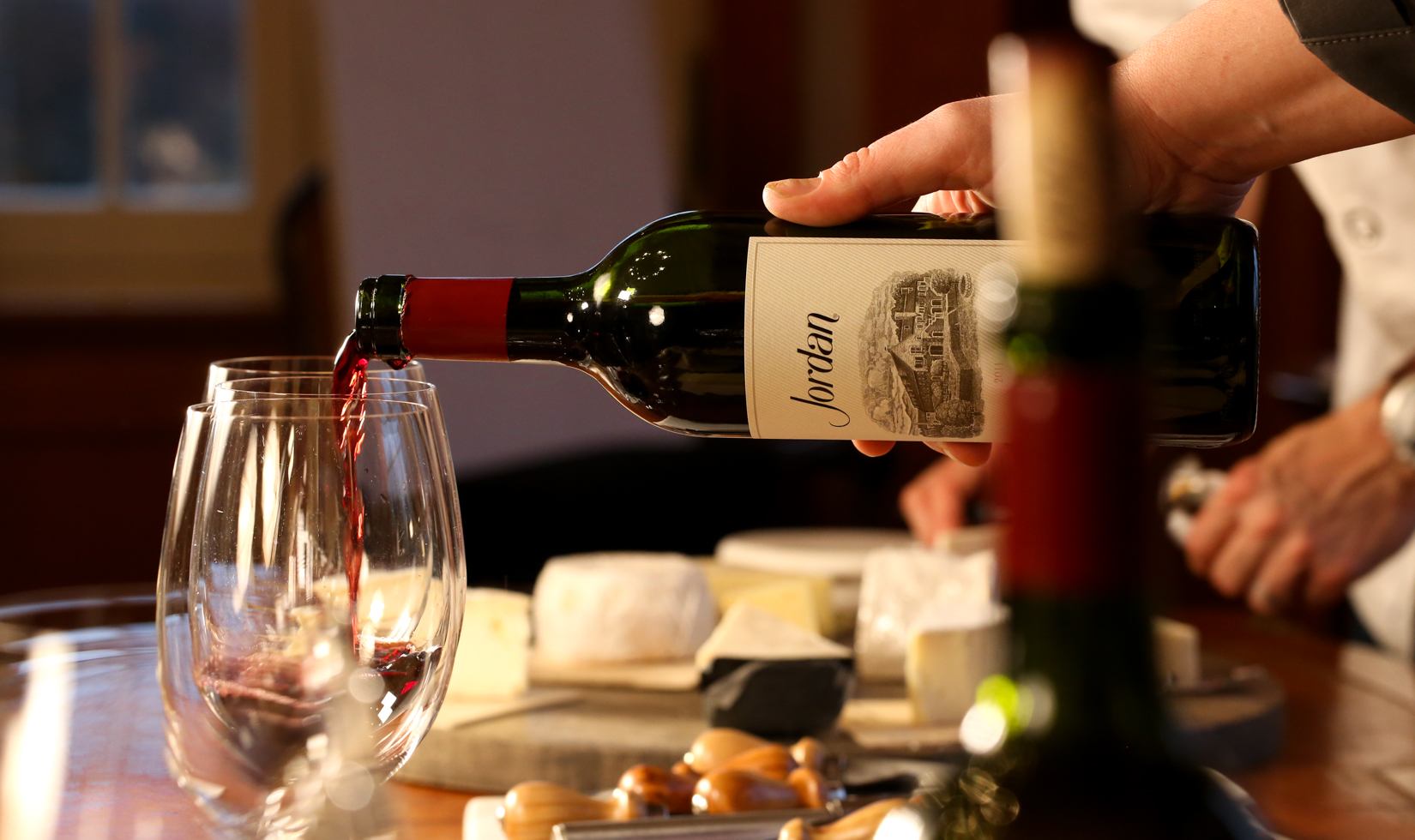
Selecting which cheese to serve with multiple vintages of Jordan Cabernet Sauvignon on Tours & Tastings is always my first big project of the year. I recently took a field trip to Cowgirl Creamery and Nicasio Valley Cheese, both in West Marin County, hoping to find a handful of new possibilities for the winery’s cheese pairings. I returned to the kitchen with a dozen different cheeses from nine creameries—a testament to the impressive diversity of California cheeses available today–and planned a tasting of every cheese with three vintages of Jordan Cabernet Sauvignon. Members of the winemaking and guest services staff joined me for the non-blind tasting. Use these pairing notes to find the style of cheese that suits your taste.
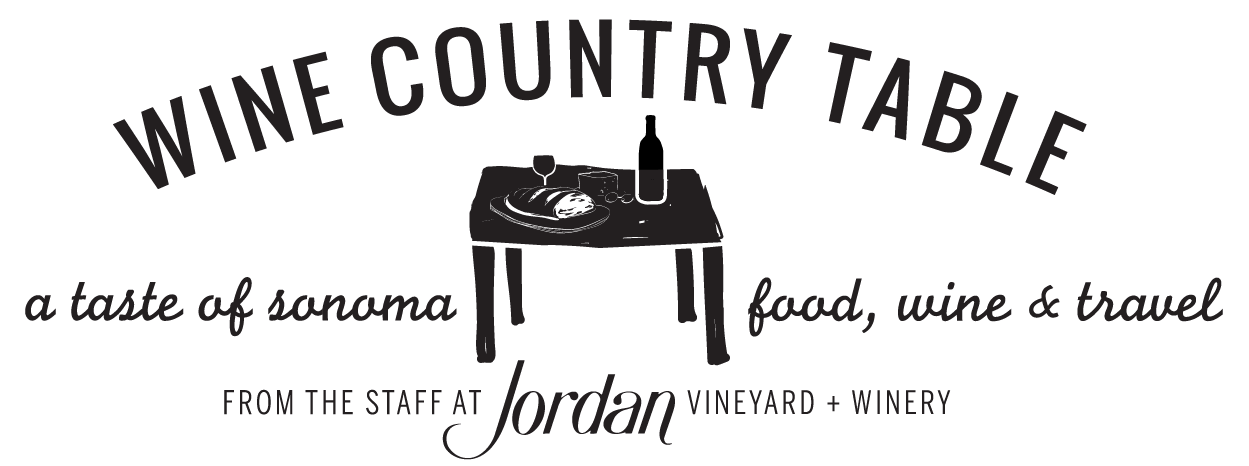
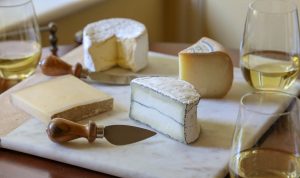


I first discovered The real treat of paring Jordan Cabernet Sauvignons with my meals aboard a cruise ship in their fine dining restaurants where the first bottle of Jordan was uncorked for my birthday aboard ship. It was equally pleasing with my dinner of Fillet Mignon and later with the Dessert of Chocolate Mouse. Each day at dinner I would enjoy the bottle with dinner, and it was always surprisingly pleasing to me with everything that was suggested.
Yeah, drinking the wine with the people you love is the main key for enjoying. Thank you for the tip 🙂